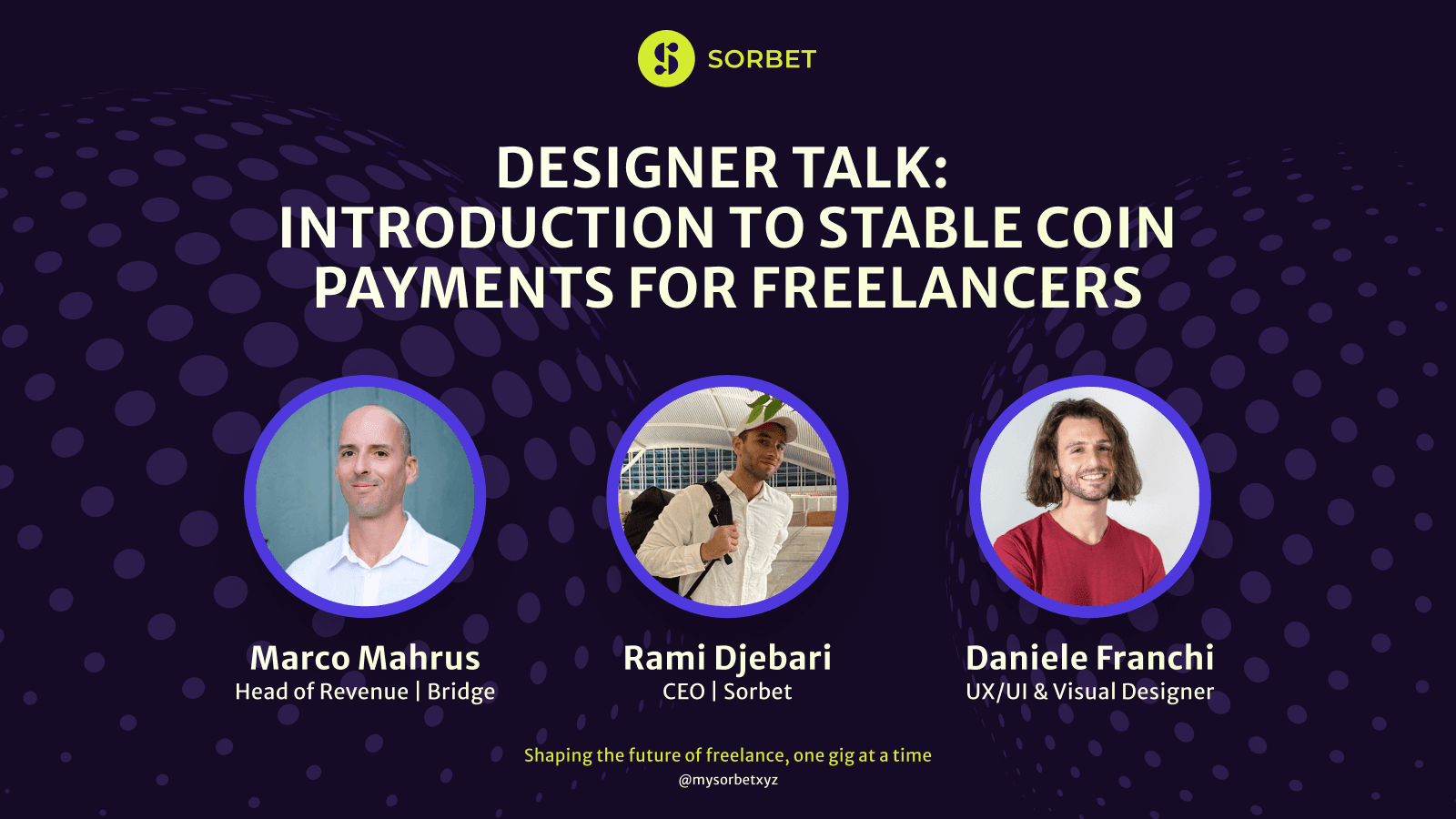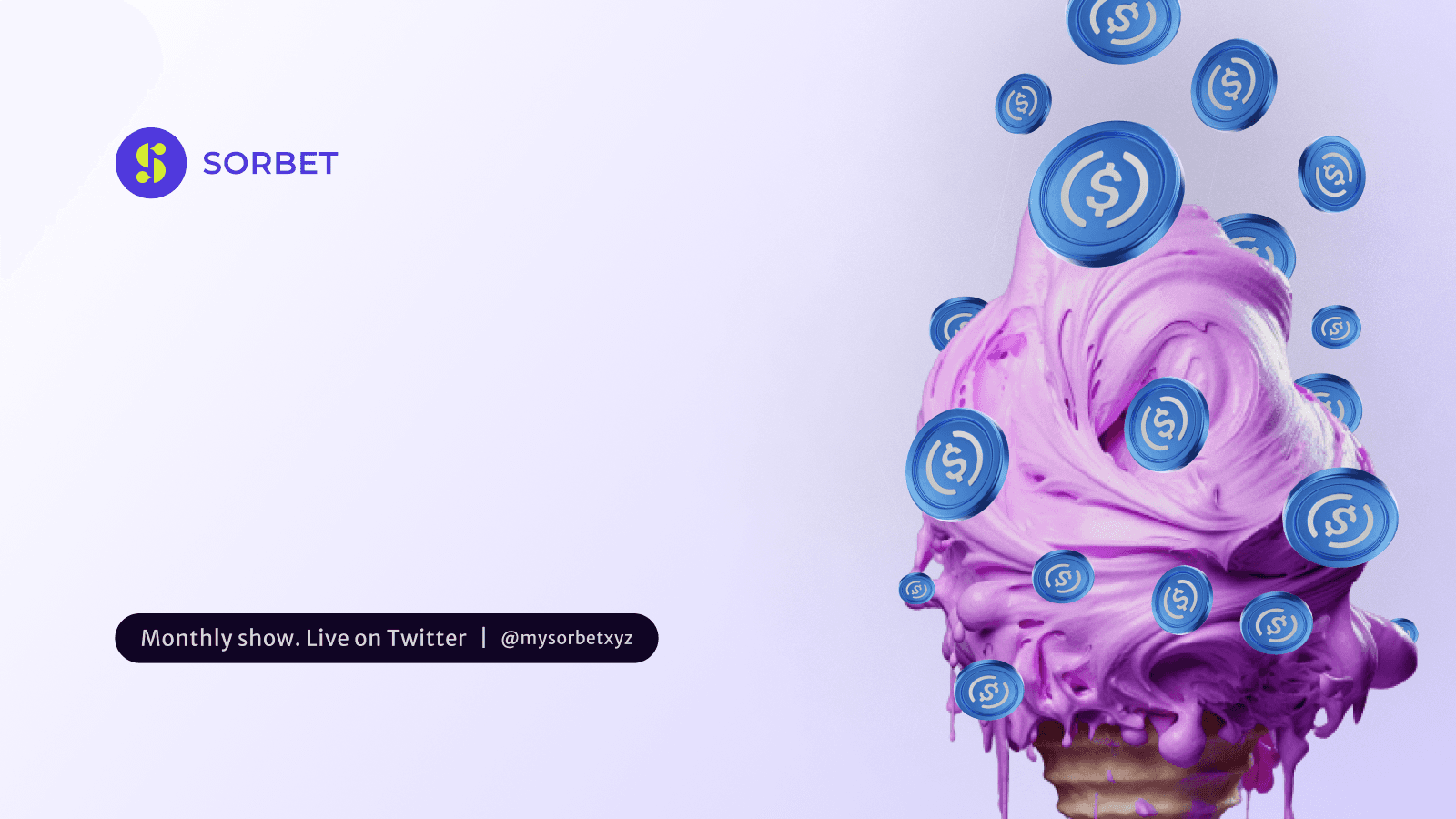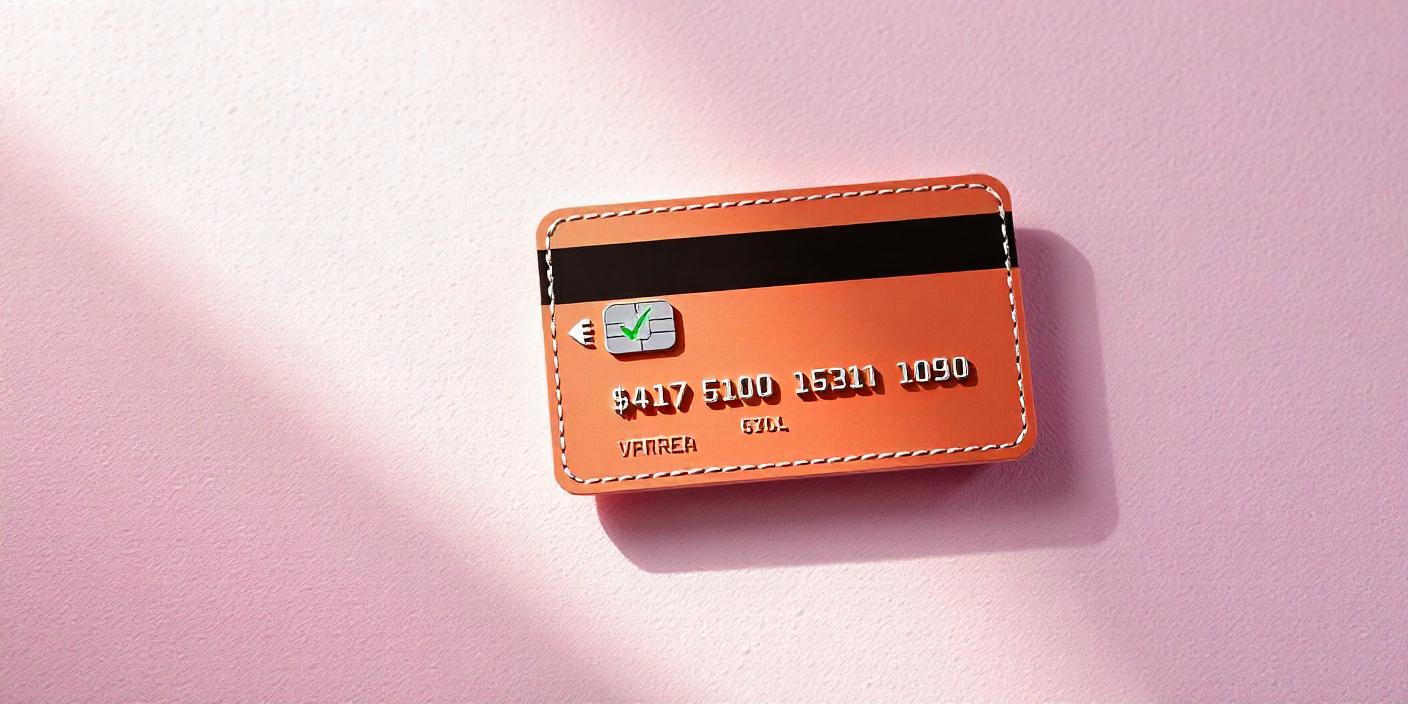For November’s Designer Talk, we explored a hot topic for freelancers worldwide: USDC payments. Despite advances in technology, collecting international payments remains challenging, with traditional systems often leading to costly delays. USDC, with its stable value and blockchain speed, offers freelancers a modern, streamlined solution. Below, we summarize the key points discussed.
Why USDC Matters for Freelancers
The last major innovation in payments was the credit card, introduced in the 1960s. Yet, freelancers still face significant challenges with international payments. 58% of freelancers feel current banking infrastructure doesn't meet their needs due to high fees, currency issues, and slow payments. Additionally, 65% of freelancers globally have lost income opportunities because they couldn’t accept work across borders.
USDC (USD Coin), a digital currency pegged to the U.S. dollar, solves these problems by offering low fees, fast transactions, and stability. USDC payments are processed on a blockchain, eliminating intermediaries and reducing transaction costs. They also allow for instant payments, overcoming the delays of traditional banking. Since USDC is dollar-pegged, it protects against currency fluctuations, ensuring freelancers can receive the full value of their work.
In short, USDC provides freelancers with a faster, cheaper, and more stable way to get paid internationally, addressing long-standing payment barriers.

Key Speakers’ Insights
Rami Djebari - Co-founder of Sorbet and freelance blockchain developer
Rami spoke on the gaps freelancers face in current payment systems, pointing to USDC as a viable solution for instant, cost-effective payments.
Marco Mahurs - Head of Revenue at Bridge
With experience in payment innovation, Marco highlighted the challenges and growth potential of USDC adoption.
Daniele Franchi - Freelancer and designer from Vietnam
Daniele shared his experience as an end-user, emphasizing the need for intuitive systems that make USDC easy to use.

Improving User Experience for USDC Adoption
User-friendly design is essential for USDC adoption, according to Rami. Many freelancers lack blockchain knowledge, so building accessible digital wallets that feel like traditional banking services is crucial. This approach could drive mass adoption of USDC as a payment method for millions of freelancers, enabling them to benefit without needing Web3 knowledge.
To drive adoption, speakers stressed the importance of educating freelancers and clients about the benefits of USDC, especially faster transactions, lower fees, and better access to global markets.
Daniele’s Transition to USDC Payments
Daniele described his journey into USDC payments, which he first encountered during hackathons. He emphasized the speed and convenience of USDC transactions compared to traditional methods. To make USDC viable, however, freelancers need clients who understand its value—a task that calls for education on both sides.
Challenges and Opportunities for Growth
While USDC is gaining traction, Marco noted that regulatory challenges and user misunderstandings still create barriers. The panel envisions a future where USDC operates seamlessly alongside fiat currencies, allowing freelancers to transact easily across borders. Increased adoption by businesses and platforms would only accelerate acceptance and simplify payments globally.
USDC in Emerging Markets
In markets where local currencies are volatile, USDC offers security. Freelancers in places like Lebanon and Argentina use USDC as a hedge against currency depreciation. Data shows that 80% of freelancers in Argentina and the UAE would prefer USDC payouts, revealing a growing global shift toward USD-pegged assets for stability and protection.

The Future of USDC Payments
The panel concluded with optimism: USDC is already transforming payments. With increasing transaction volumes, USDC could soon become a standard payment method for freelancers. As technology and regulations advance, freelancers may enjoy faster, more affordable payment options, reshaping the freelance economy.
The regulatory outlook remains complex. Some countries, like Italy, offer limited recognition of USDC, while others are developing frameworks for wider use. Upcoming MiCA regulations in Europe may create guidelines for USDC payments, potentially influencing global policies.
USDC could redefine the payment experience for freelancers, making global transactions simpler, cheaper, and faster. With continued education, regulatory clarity, and user-friendly innovations, the future of USDC adoption looks bright.
Ready to become a global freelancer?
Take your career further with a borderless wallet to collect money with ease.
🌐 Global Invoicing: Stop chasing payments. Create and send invoices easily.
🔀 Payment Flexibility: Clients pay how they want, in USD (ACH, wire) or USDc.
💰No Fees, No Worries: 0% Freelancer Fees for Full Creative Freedom.
Start collecting money today ➡️ Sign Up!













